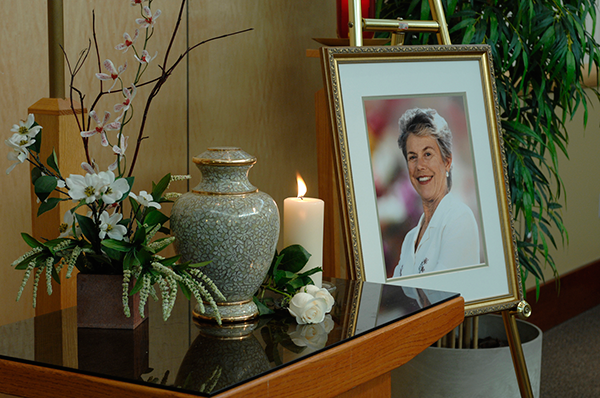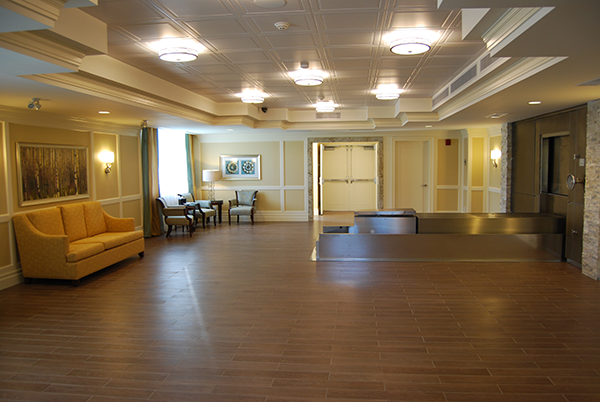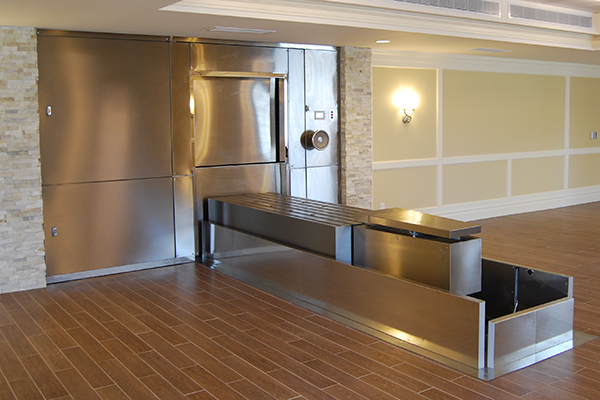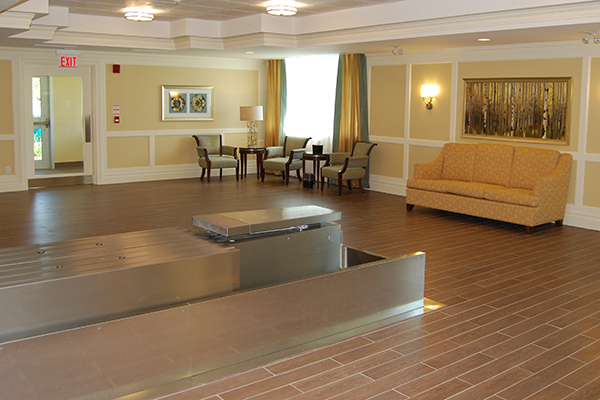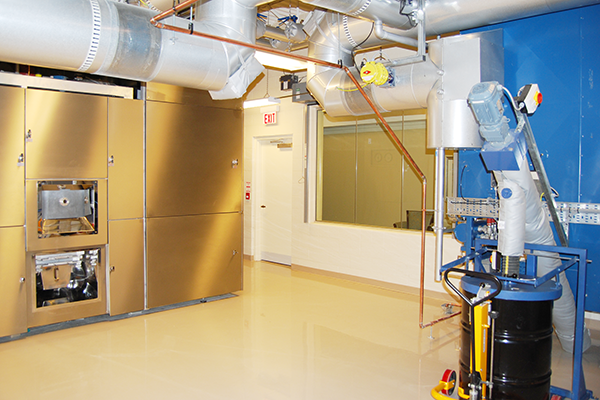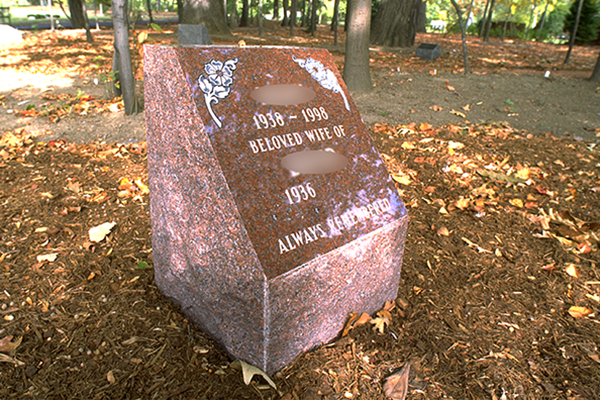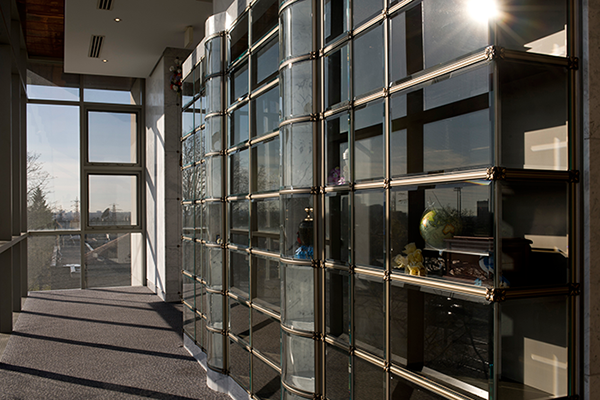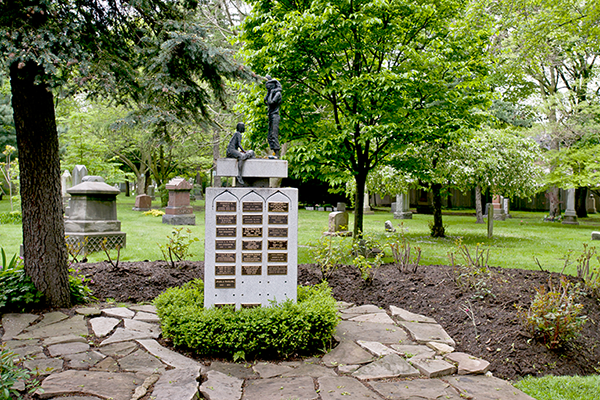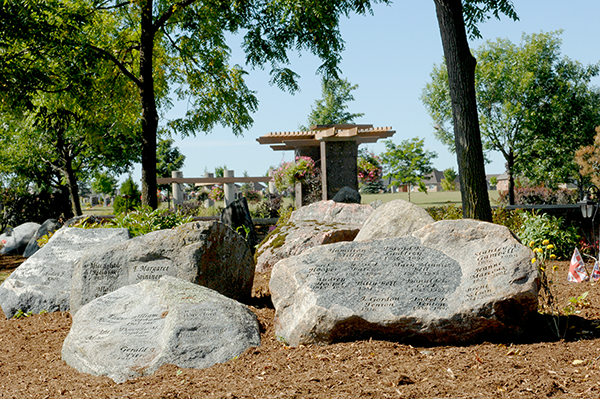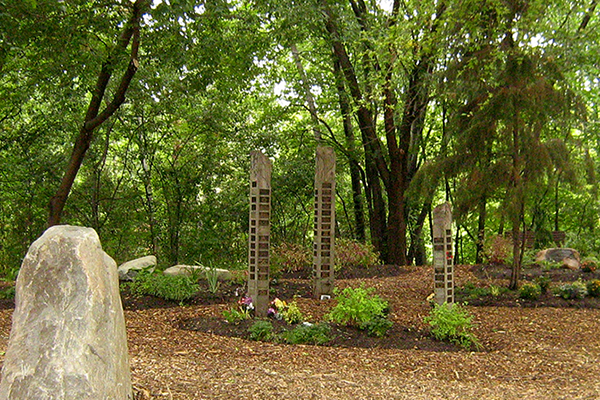Cremation Overview
Back to Gallery
Increasingly popular, cremation offers great flexibility
What is cremation?
Put simply, cremation is a dignified way to reduce a body to its basic elements. With cremation, the body is exposed to extremely high temperatures until all organic matter is consumed. After about 90 minutes, all that’s left are bone fragments – the cremated remains, or “ashes” as they’re commonly called. These cremated remains are then processed into finer particles and placed in an urn or container. The entire process can take up to three hours.
To learn more about the cremation process watch the video below.
Where do the ashes go?
Cremated remains can be buried in a grave, placed in a niche, scattered in one of our specially designed areas, or taken home or to a special place to scatter. There are laws around scattering ashes, so please talk to us first. You can also place the ashes in a cremation ossuary: a common vault for cremated remains. As with scattering, once the remains have been placed in the ossuary they cannot be retrieved.
Why choose cremation?
While traditional burial requires a service shortly after a death, cremation lets you hold a service whenever you’d like. Most people hold a committal service at the time the ashes are scattered or placed in their final resting place. Also, cremation allows for you to divide the remains into keepsake urns or jewellery for family members to remember the deceased, or for those that weren’t able to attend the scattering.
Is there a witnessing ceremony?
Yes. Our newly designed, state-of-the-art cremation centres were designed for public witnessing in a comfortable environment. You may make arrangements with our staff to witness the casket or container being placed into the cremation enclosure. You may even initiate the cremation process itself by pressing a button.
How can you memorialise a cremation?
You can also choose from many types of memorials, including markers, monuments and inscriptions.
For a deeper dive into frequently asked questions relating to cremation click here.














